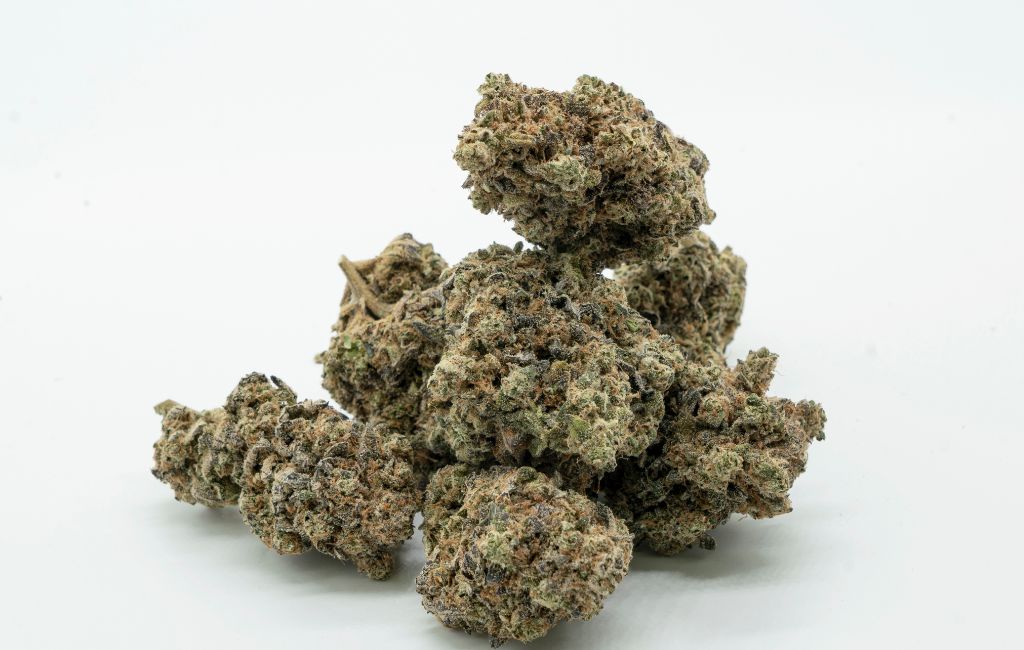The use of cannabis has been a topic of significant debate and research over the years. With its increasing legalization across various regions, understanding the potential risks and benefits associated with cannabis consumption is more relevant than ever. This article explores the cannabis side effects, providing insights into both its therapeutic potential and possible adverse outcomes.
Understanding Cannabis
Cannabis, commonly known as marijuana, is a plant that contains over 100 chemical compounds called cannabinoids. The two most well-known cannabinoids are tetrahydrocannabinol (THC) and cannabidiol (CBD). THC is primarily responsible for the psychoactive effects, while CBD is often associated with therapeutic benefits without the “high.”
Common Uses of Cannabis
- Recreational use for its psychoactive effects
- Medical use for pain relief and management of certain conditions
- Industrial use in the form of hemp for textiles and other products
Potential Benefits of Cannabis
Research has highlighted several potential benefits of cannabis, particularly in the medical field. These benefits are largely attributed to the cannabinoids present in the plant.
Pain Management
Cannabis has been used for centuries as a natural pain reliever. Studies suggest that it can be effective in managing chronic pain, particularly in conditions like arthritis and multiple sclerosis. A 2015 review published in the Journal of the American Medical Association found that cannabis can significantly reduce pain levels in patients.
Reduction of Inflammation
CBD, a non-psychoactive component of cannabis, has been shown to have anti-inflammatory properties. This makes it a potential treatment option for inflammatory conditions such as Crohn’s disease and rheumatoid arthritis.
Alleviation of Anxiety and Depression
Some studies suggest that cannabis, particularly CBD, may help reduce symptoms of anxiety and depression. A 2019 study published in the Journal of Clinical Psychology found that CBD could reduce anxiety levels in patients with social anxiety disorder.
Support for Cancer Patients
Cannabis is often used to alleviate symptoms associated with cancer treatment, such as nausea and loss of appetite. The National Cancer Institute acknowledges that cannabinoids can help manage these symptoms, improving the quality of life for patients undergoing chemotherapy.
Risks and Side Effects of Cannabis
Despite its potential benefits, cannabis use is not without risks. Understanding these risks is crucial for making informed decisions about its use.
Mental Health Concerns
Regular use of cannabis, especially strains high in THC, has been linked to mental health issues such as anxiety, depression, and psychosis. A study published in The Lancet Psychiatry in 2019 found that daily cannabis use could increase the risk of developing psychotic disorders.
Impaired Cognitive Function
THC can affect cognitive functions, including memory, attention, and decision-making. This is particularly concerning for adolescents, as their brains are still developing. A 2012 study in the Proceedings of the National Academy of Sciences found that heavy cannabis use during adolescence could lead to a decline in IQ.
Respiratory Issues
Smoking cannabis can lead to respiratory problems similar to those caused by tobacco smoking. Chronic bronchitis and lung infections are common among regular cannabis smokers. A 2013 study in the Annals of the American Thoracic Society highlighted these respiratory risks.
Dependency and Withdrawal
While cannabis is often perceived as non-addictive, some users may develop a dependency. Withdrawal symptoms can include irritability, insomnia, and loss of appetite. The National Institute on Drug Abuse estimates that about 9% of cannabis users become dependent.
Case Studies and Statistics
Several case studies and statistics provide a deeper understanding of cannabis’s impact on health.
Case Study: Medical Cannabis for Epilepsy
A notable case is the use of CBD for treating epilepsy. The FDA-approved drug Epidiolex, derived from CBD, has shown effectiveness in reducing seizures in patients with Dravet syndrome and Lennox-Gastaut syndrome. Clinical trials have demonstrated a significant reduction in seizure frequency, offering hope for patients with treatment-resistant epilepsy.
Statistics on Cannabis Use
- According to the World Health Organization, approximately 147 million people, or 2.5% of the global population, use cannabis.
- The National Survey on Drug Use and Health reported that in 2020, about 49.6 million Americans used cannabis in the past year.
- A 2019 Gallup poll found that 66% of Americans support the legalization of cannabis.
Conclusion
The use of cannabis presents a complex interplay of potential benefits and risks. While it offers promising therapeutic applications, particularly in pain management and the treatment of certain medical conditions, it also poses significant risks, especially concerning mental health and cognitive function. As research continues to evolve, individuals and policymakers must weigh these factors carefully. Understanding both sides of the cannabis debate is key to making informed decisions about its use and regulation.
